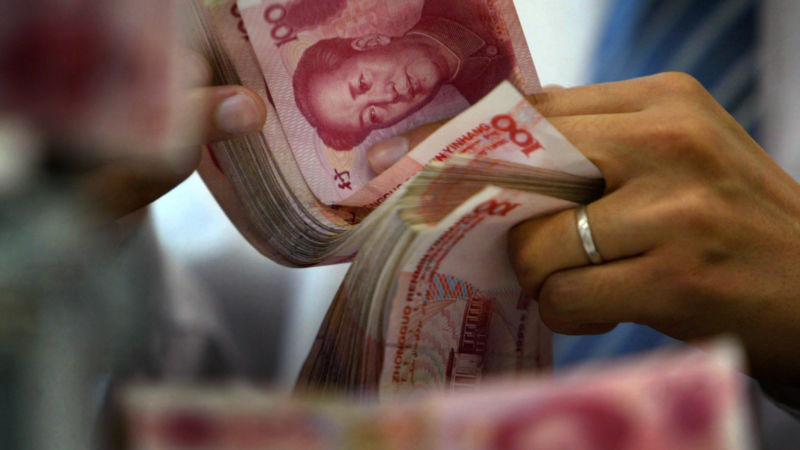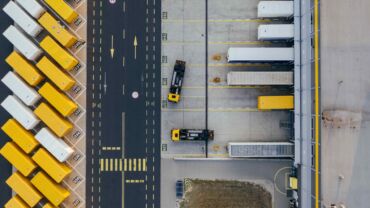China’s trade is largely divided into general trade, processing trade, and bonded warehouse trade. In 2019, China’s foreign trade recorded 4.6 trillion USD. Processing trade accounted for approximately 21.5% of China’s total trade and remains a significant portion of China’s overall trade.
Processing trade refers to a type of trade by which a processing trade company imports raw materials/auxiliary materials, parts, accessories, or packaging materials, and then processes or assembles those imported materials into finished or semi-finished goods for export.
One major benefit of processing trade regimes (PTR) is that customs duties for imported materials are exempted if the company proves that the imported materials are consumed to produce goods for export. In addition, a processing trade company can enjoy faster clearance time, additional tax reduction, increased company credibility, and so forth.
Managing China Processing Trade Regimes (PTR)
To enjoy the benefits of PTR, a processing trade company needs to prepare a registration handbook and obtain approval from China Customs in advance. When submitting the handbook to China Customs, a company needs to provide details regarding materials, finished goods, and the consumption rate, meaning the net weight or composition ratio of each raw material constituting one unit of the finished product.
Upon approval, the company needs to maintain the handbook until the end date (usually the handbook is valid for one year and can be extended for up to two years). Basically, each time the company exports processed finished goods, the company needs to record the import/export based on the clearance and subtract the quantity of materials consumed for production in the handbook.
When the contracted amount of export is complete, the company submits the handbook along with supporting evidence to China Customs to apply for the cancellation of the registered handbook. China Customs examines the handbook as well as physical inventory against the supporting evidence.
The common areas of focus for China Customs reviews are:
- The details of import materials comply with import contracts (accurate trade mode, port of import or export, classification of import materials/finished goods, price, and original certification, etc.)
- The reasonableness of the calculation of the total consumption rate, unit consumption rate (including loss), and the scrap produced
- The quantity of produced goods against the quantity of exported goods to check if there is any remaining balance in the finished goods inventory or finished goods converted to domestic sales
- The remaining quantity of imported material, calculated from the consumption/loss rate and scrap as well as the quantity of export items
Based on the review, China Customs will determine whether to impose customs duty and VAT. In the case of serious violations, such as tax evasion of more than RMB 500,000 (approximately $70,000 USD), it’s possible to face three to ten years of imprisonment and penalties up to five times that of the tax evasion amount.
Leveraging software solutions for China PTR
To minimize such risk, many companies in China implement a software solution to manage processes surrounding PTR. The key for successful PTR management includes the following: the seamless integration of import/export declaration to the handbook, the robust tracking of declaration to logistics information, the accurate tracking of material and finished goods inventory balance, and a solid, proven inventory management system.
Leveraging a PTR software solution to manage handbook registration and declaration, perform monthly internal pre-verification review, and monitor inventory variance to take early actions will reduce the risk of any issues noted by China Customs.
In addition, the regulatory updates (golden phase 2) allows multinational corporations to electronically submit handbook registration and reconciliation, as well as a declaration package including customs declaration/clearance documents, to China’s single window system. After submitting the request, handling the customs response with the PTR software solution would also further facilitate paperless, more efficient trade and customs management workflow.
Learn more about ONESOURCE Global Duty Optimization, which supports various savings opportunities worldwide – including China processing trade regimes, free trade agreements, US drawback, US foreign-trade zones, IMMEX/maquiladoras, EU customs regimes, Thailand Board of Investment, and Thailand free zones.







